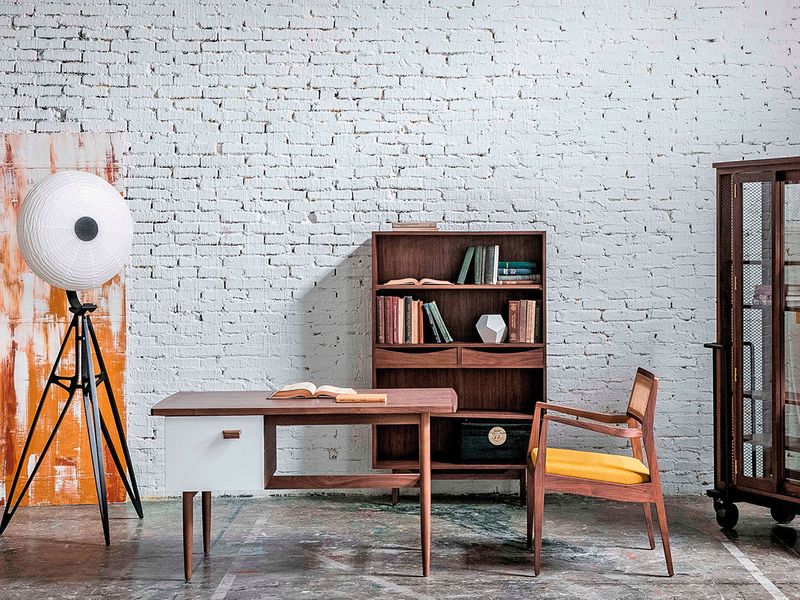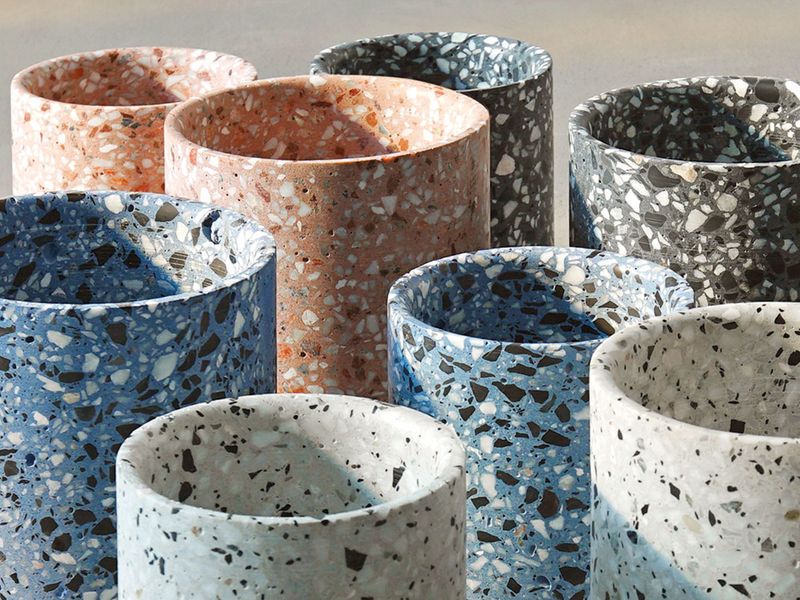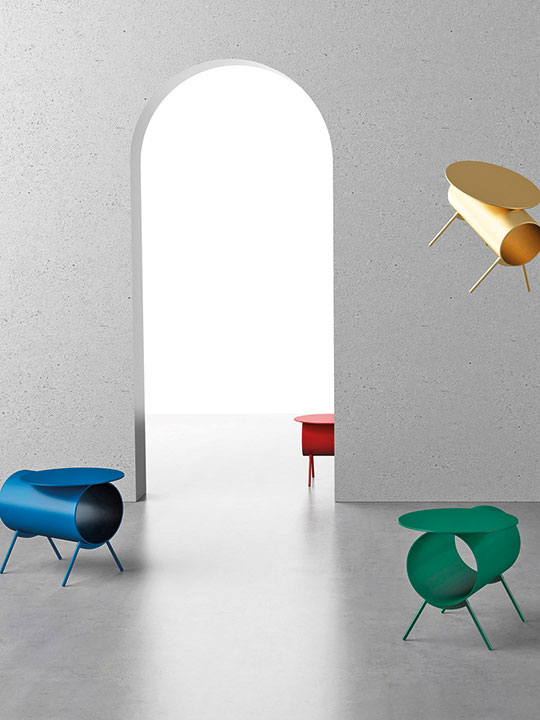You say it is made in China like it is a bad thing? There are a few phrases that I am so over, and yet I find myself using them again and again. ‘Finding a new design vocabulary’ and ‘Creating design with cultural resonance for a global community’ are two such phrases that I promised myself I would let go of this year, and yet when it comes to this feature, they apply themselves so beautifully, that I am going to retract my resolution and use them with pride.
It is no secret that China has not had a respectable image on the global stage when it comes to design. From fashion and product to furniture and tech, the Asian superpower has in fact revelled in the ill-repute that comes with being the global capital of fake. While that has fuelled its economy and kept those sweatshops running, real talent and ingenuity has suffered the brunt.
But all that is about to change. There is a new generation of designers and brands that are not only eschewing imitation, but in finding their own voice are authoring a new design vocabulary that can stand its own against the very best of international design, whilst remaining contextual to the land of its origin.
STELLAR WORKS

Bringing the best of the East to the West, Shanghai-based Stellar Works was founded by Yuichiro Hori in 2012. Tempering craft with industry, the modern with heritage, the brand has swift drafted a new identity for design that is Made in China. Taking the forms and styles that have characterised far-East Asian design for centuries, Stellar Works reimagines the codes through the sensibilities of some of the most exciting contemporary designers from around the world.
Architects Neri&Hu oversee the creative direction of the brand that seeks to reinvent classic craft. David Rockwell, Yabu Pushelberg and Space Copenhagen are a just a sample of the fine pedigree of collaborating designers. Staying true to their manifesto of bridging the gap between old and new, Stellar Works presented new pieces by Space Copenhagen alongside re-issues of mid-century pieces by Jen Risom earlier this year.
BENTU DESIGN

This Chinese studio is a master at experimental design and innovative manufacturing. With a knack for creating exploratory material — usually from production process waste — and a keen eye for the globalisation of design, their works are both provocative and fun. Function and need remain at the core of their design ethos — hidden behind the form is extensive research into our evolving lifestyle.
The result is a body of work is as characterful, as it is international, where the lines between typical measures of luxury and attainable, treasure and waste are beautifully blurred by evocative design. Last year, the studio introduced a furniture collection that utilised waste created by the ceramic industry in the town of Chaozhou in eastern China. Instead of working with powdered ceramic waste, they celebrated the industrial process behind it by using shards that lent a unique identity. Earlier this year, they presented the Terrazzo Collection — a family of lights, a flexible stable system and pots — that combines ceramic waste, concrete and leftover stone aggregate, demonstrating that sustainable need not be bland.
MARIO TSAI STUDIO

Founded in Hangzhou in 2014, the multi-disciplinary practice offers, in addition to furniture and product design, an integrated consultancy that covers art installation design and interior design, brand strategy and art direction. Exploring the potential of materials and applying new context, both in terms of manufacturing and form, Tsai applies his aesthetic ideology and cognitive understanding of society and culture to find solutions to improve society and the environment. Restraint and minimalism reflects not only in the overall product, but also in the considered use of materials and processes.









